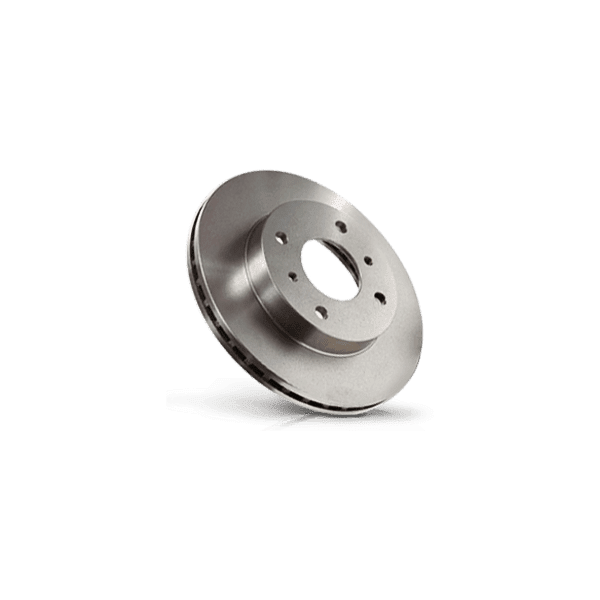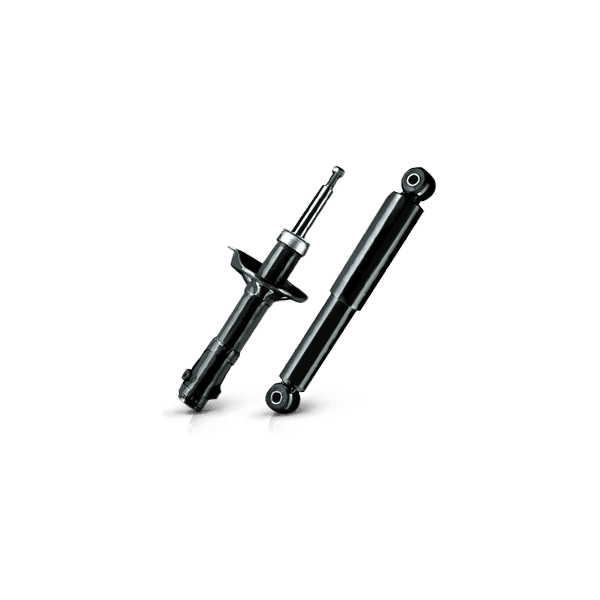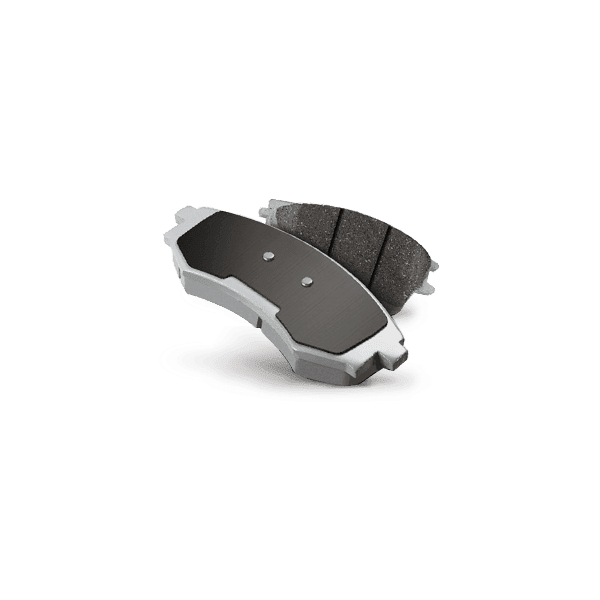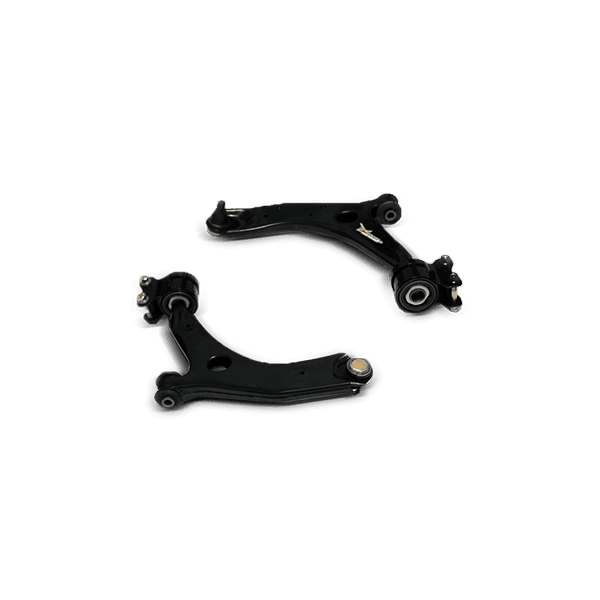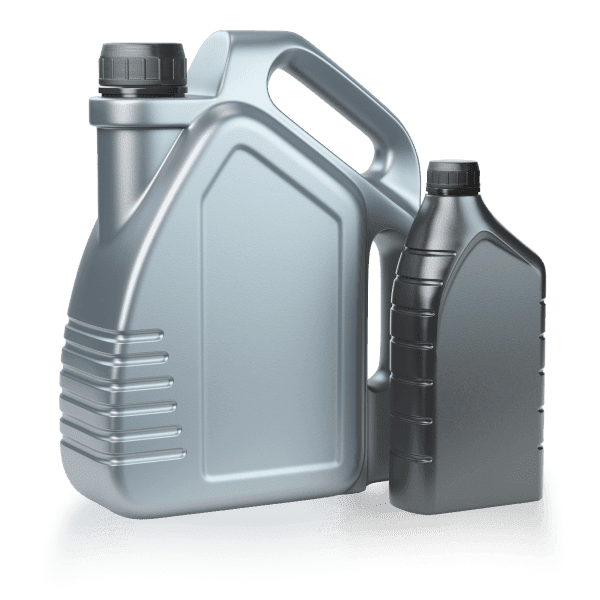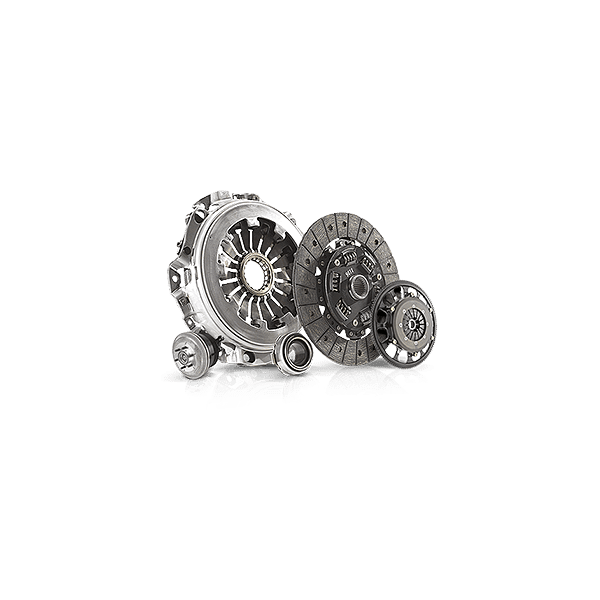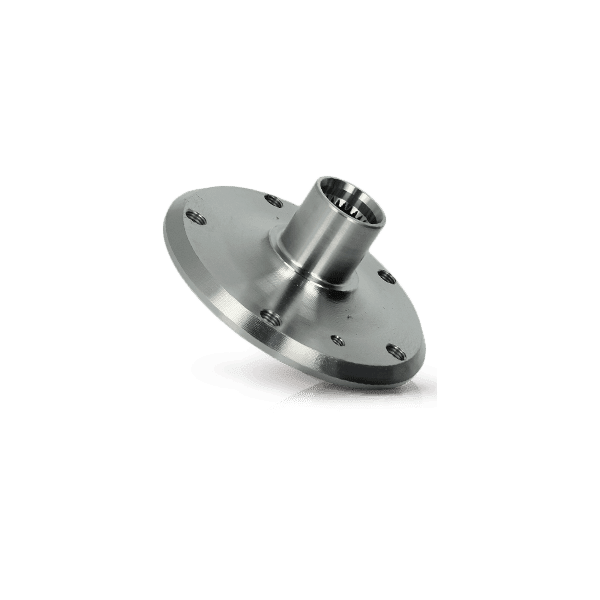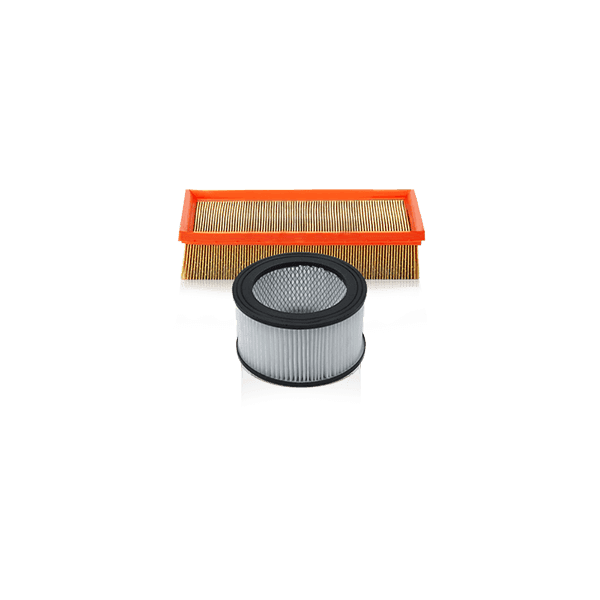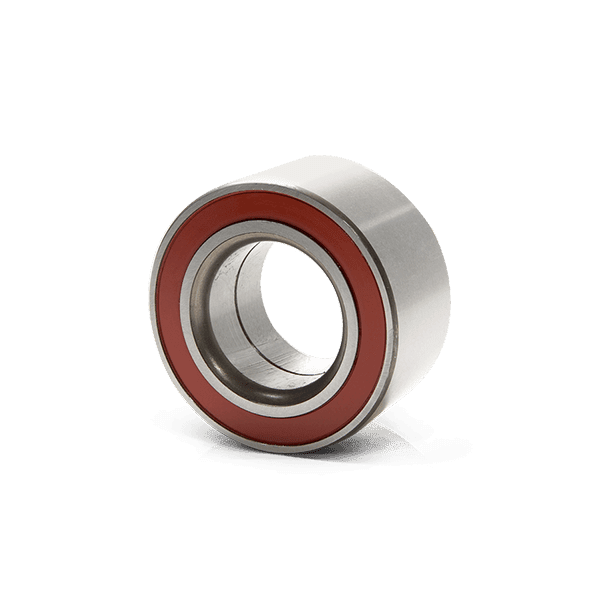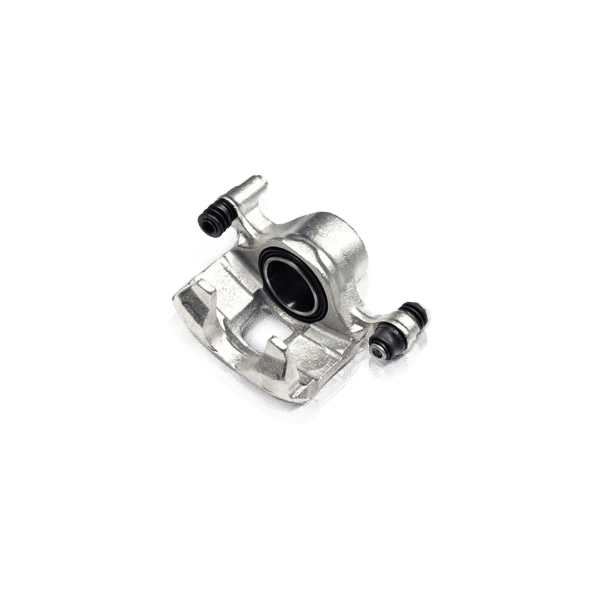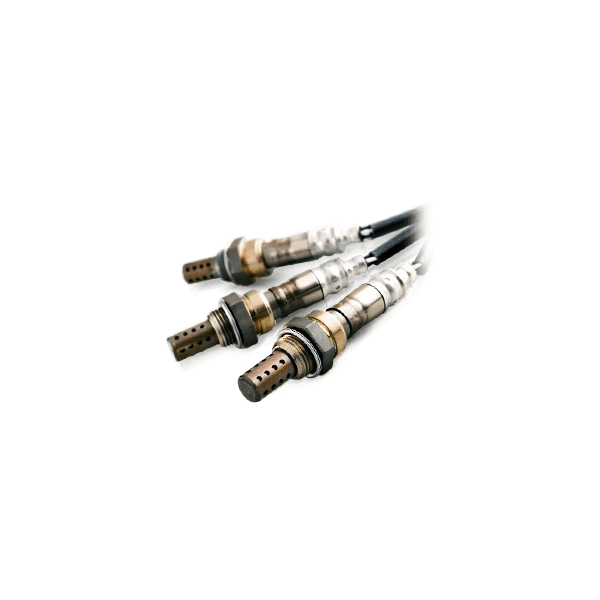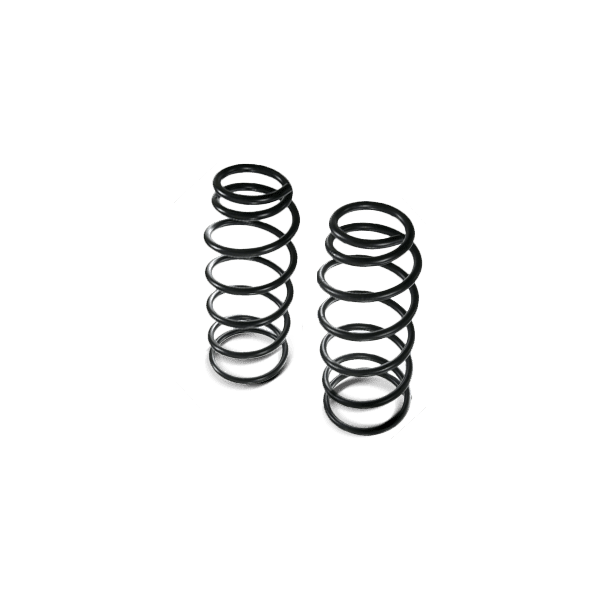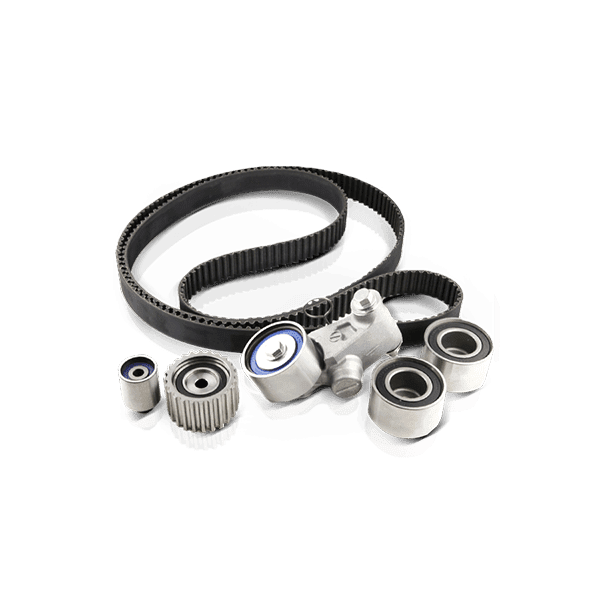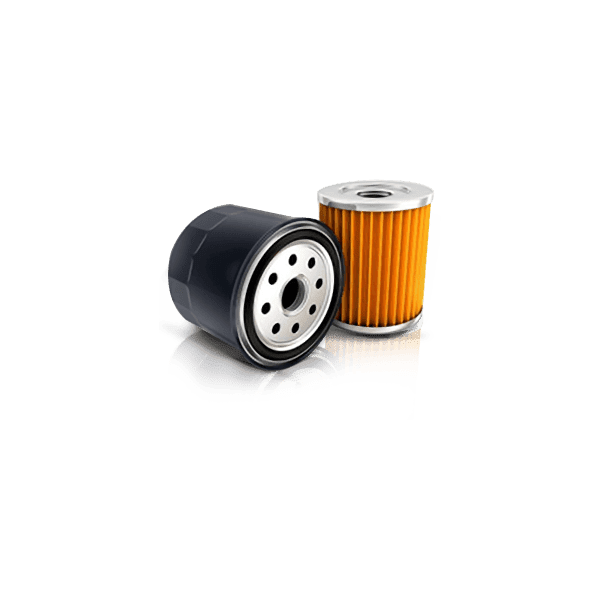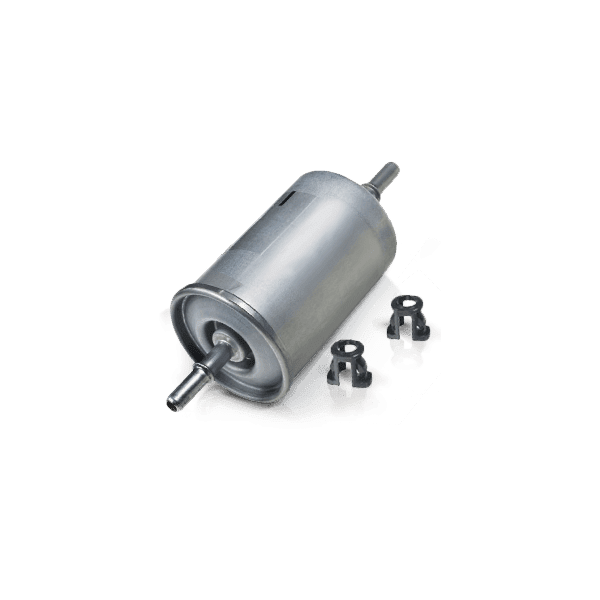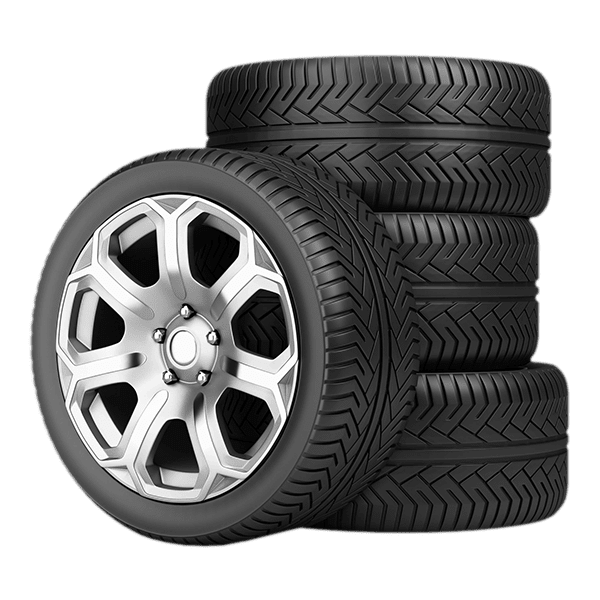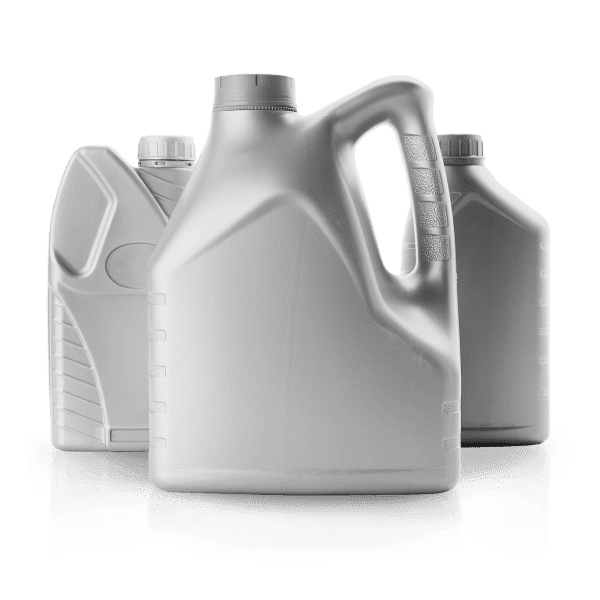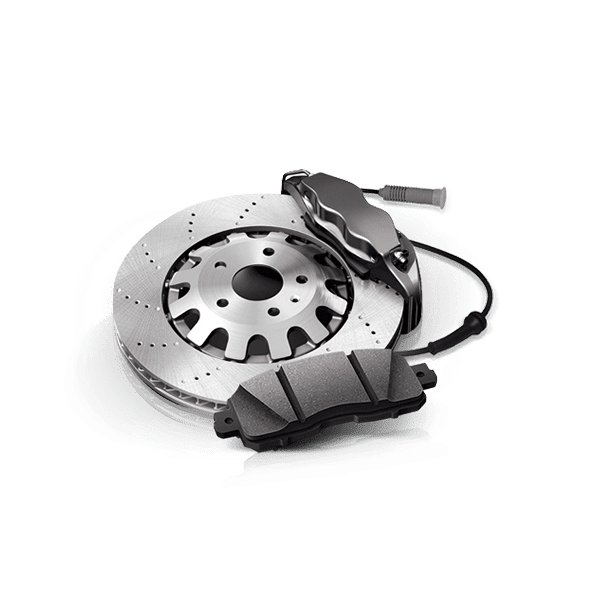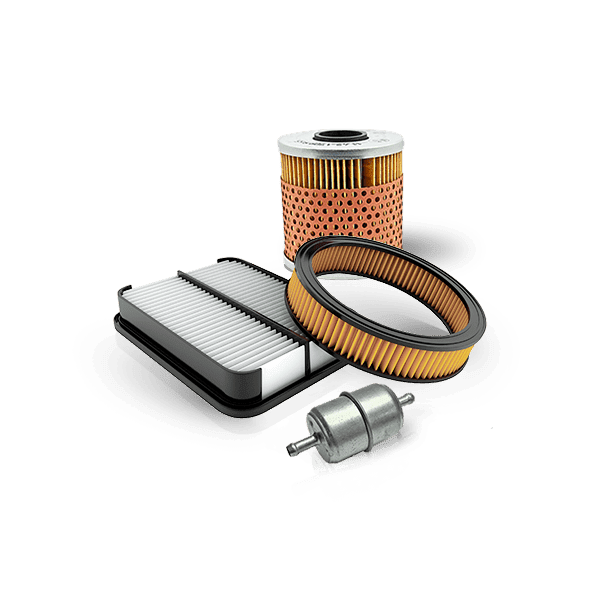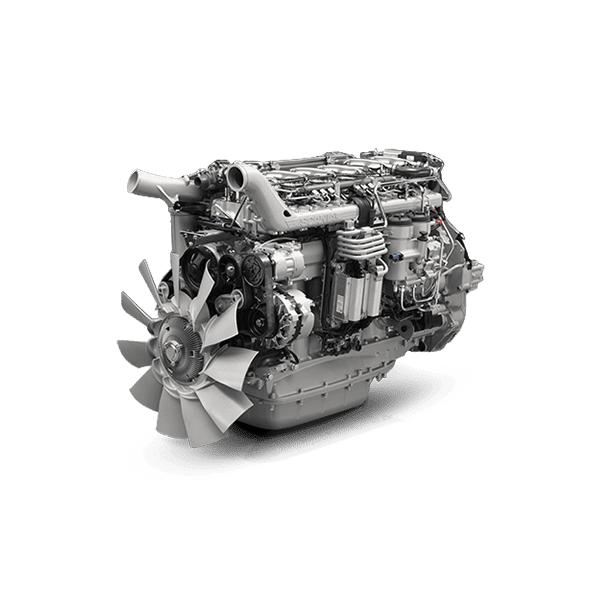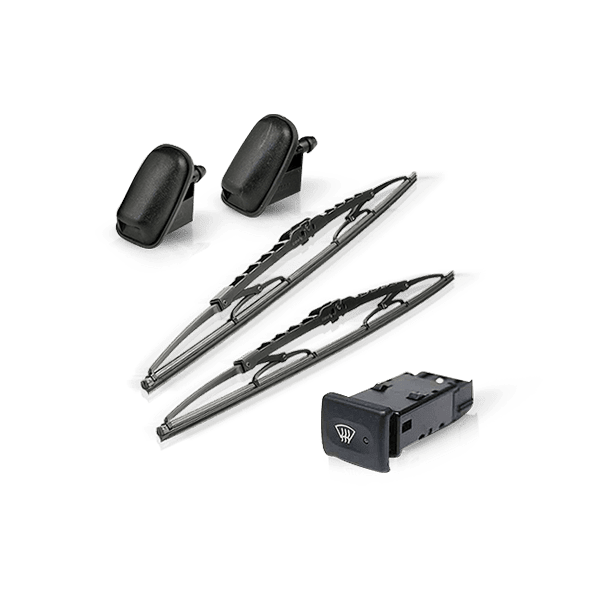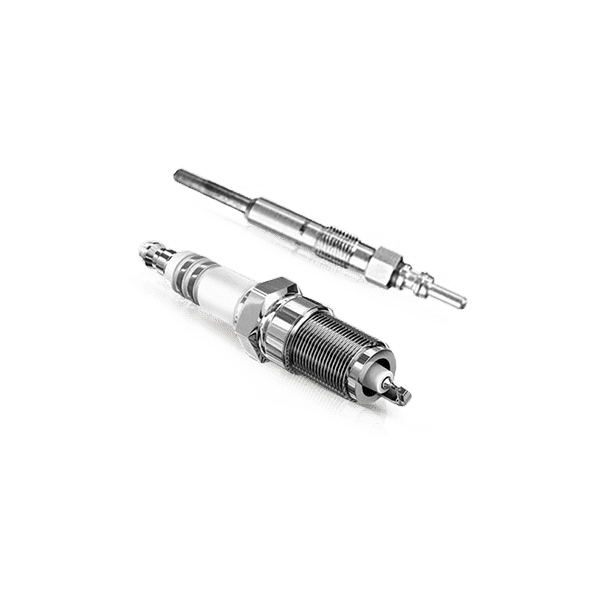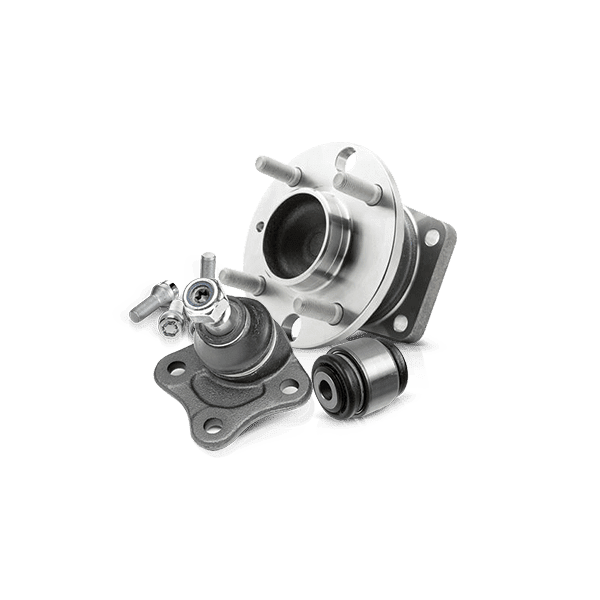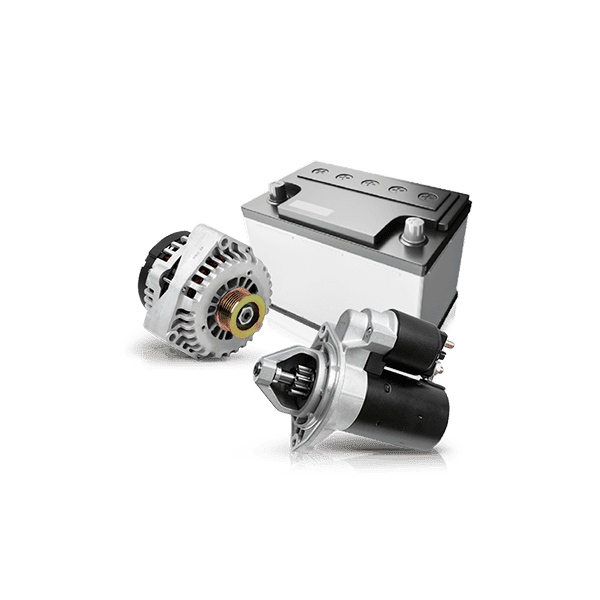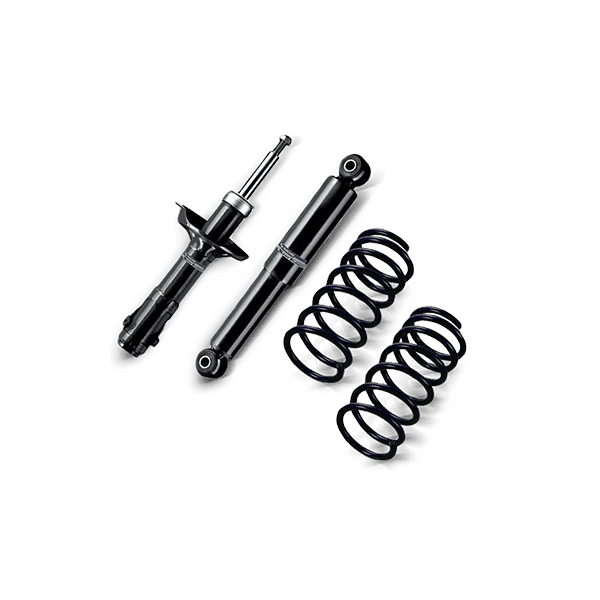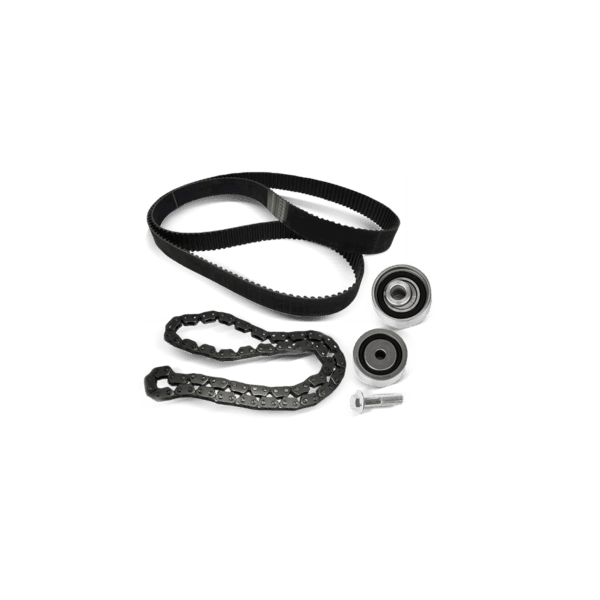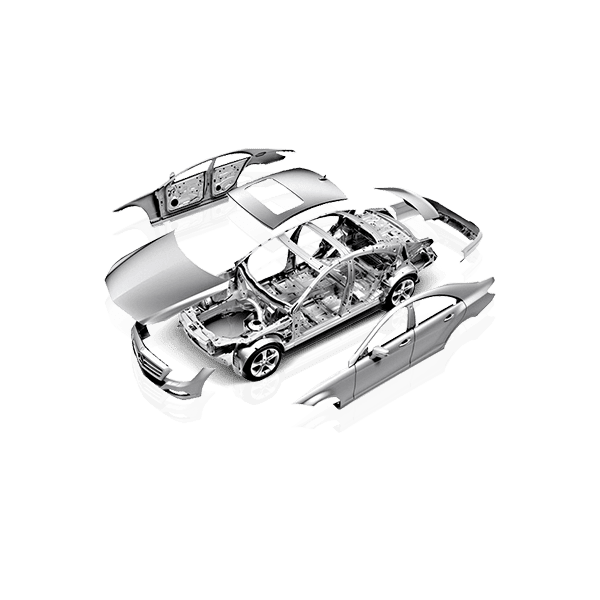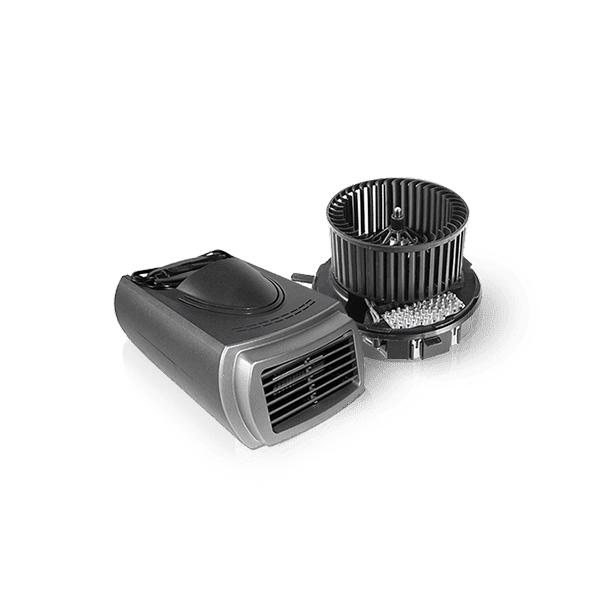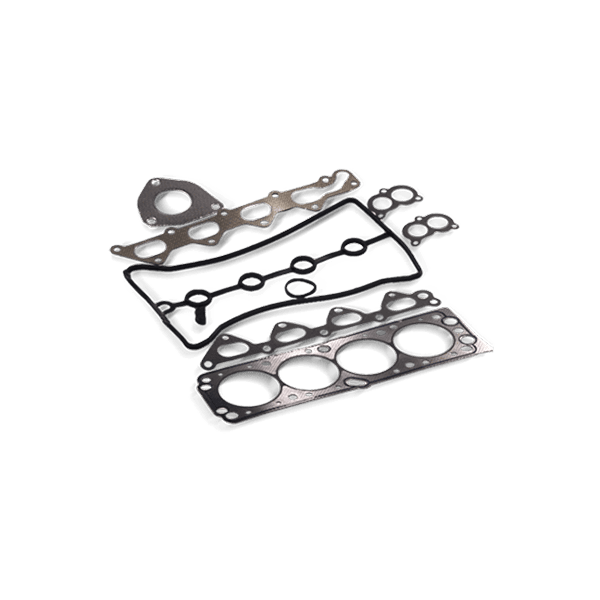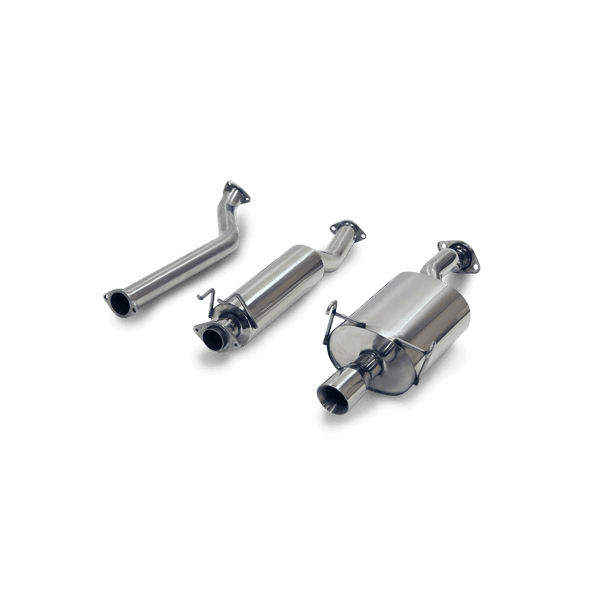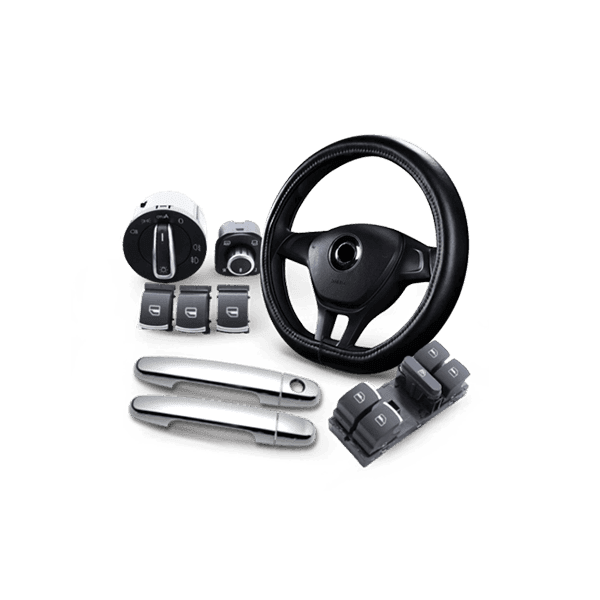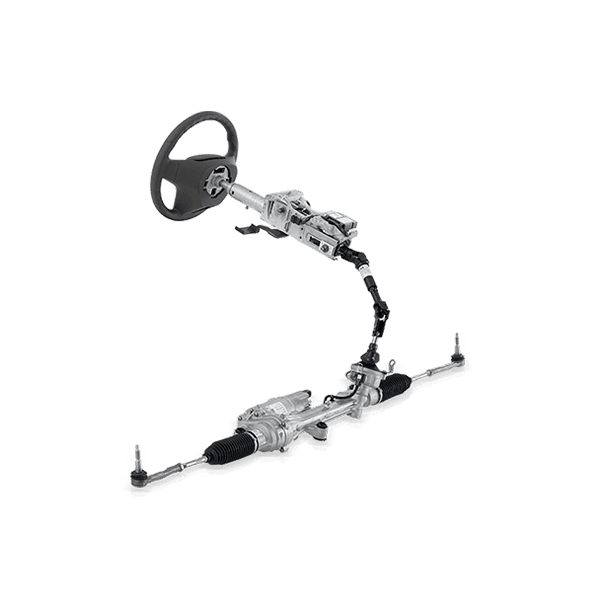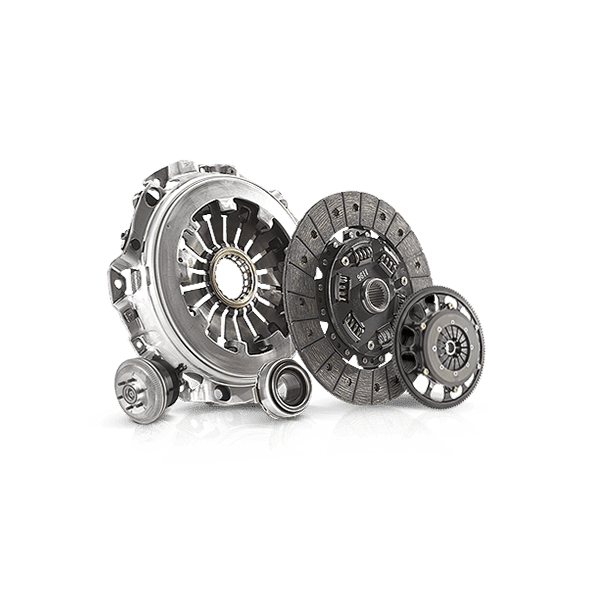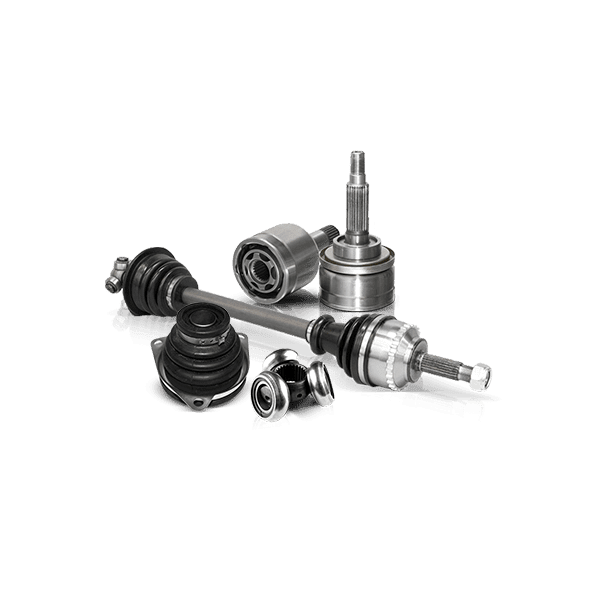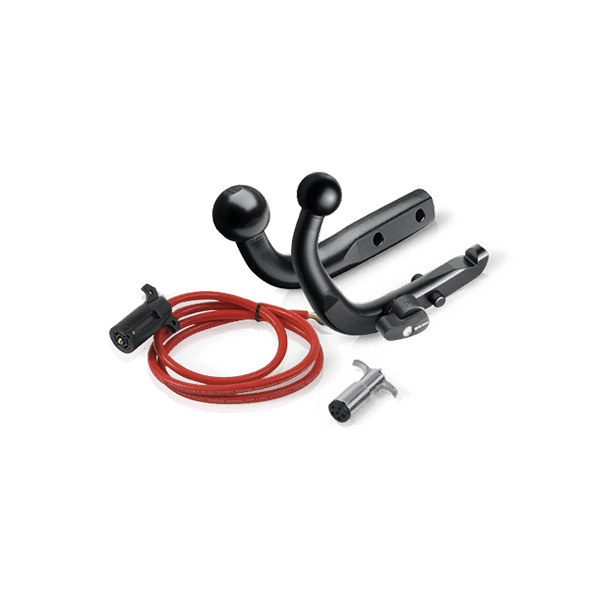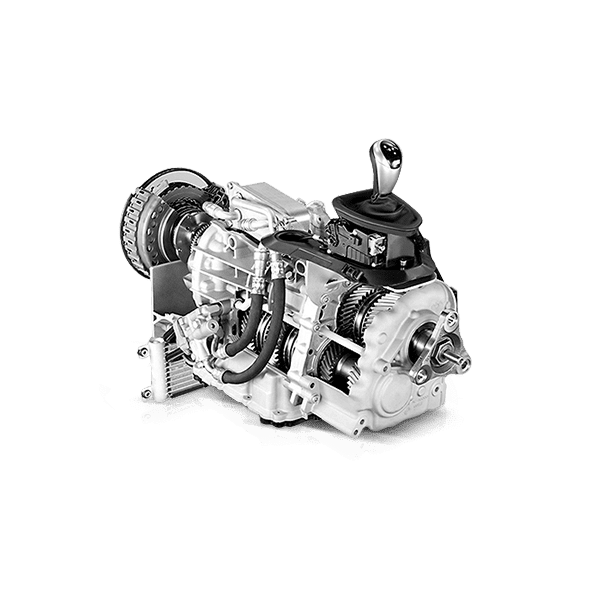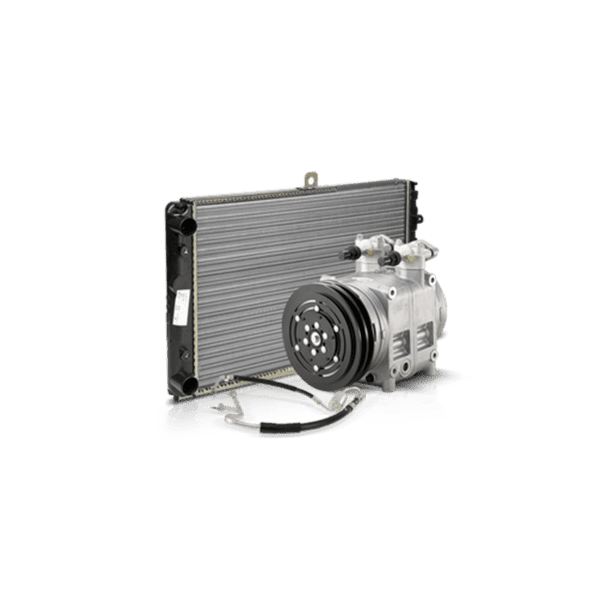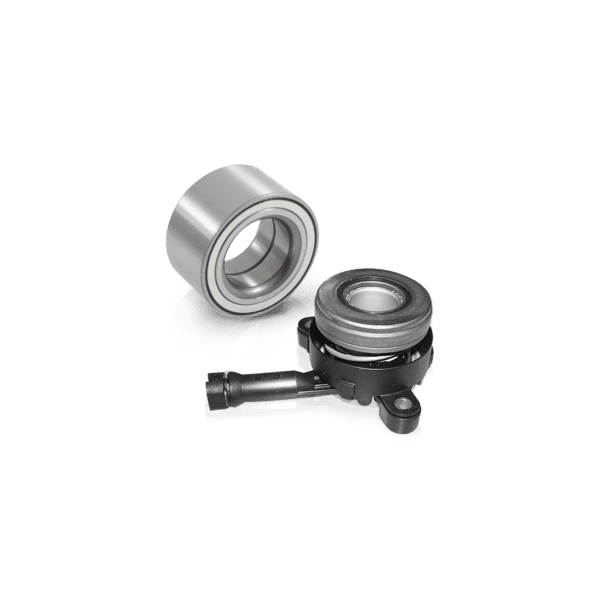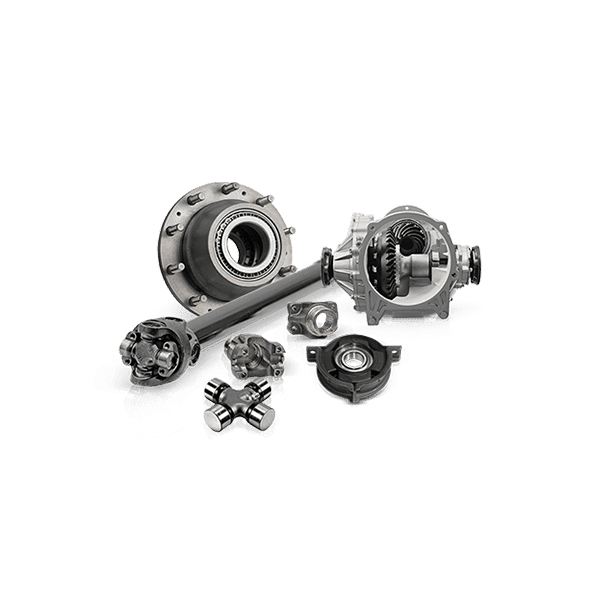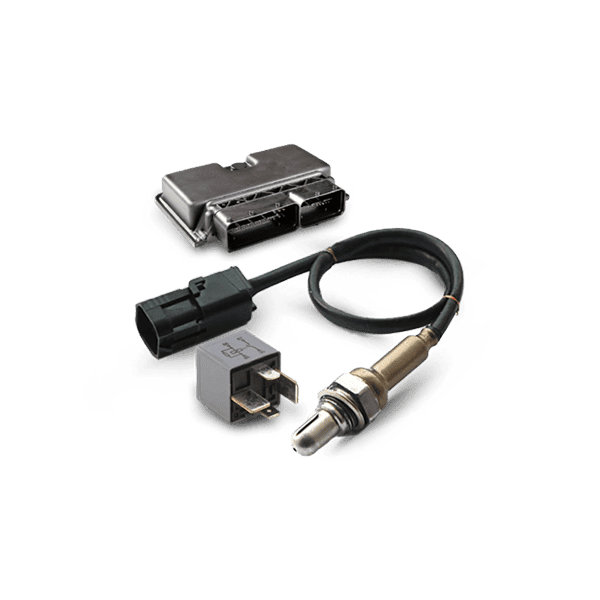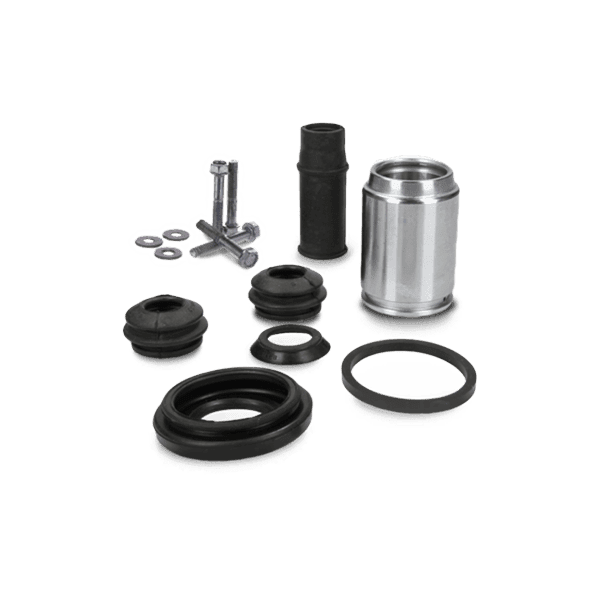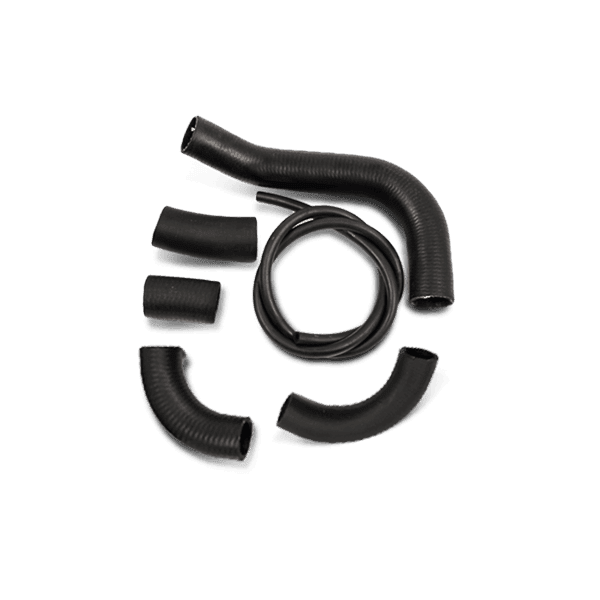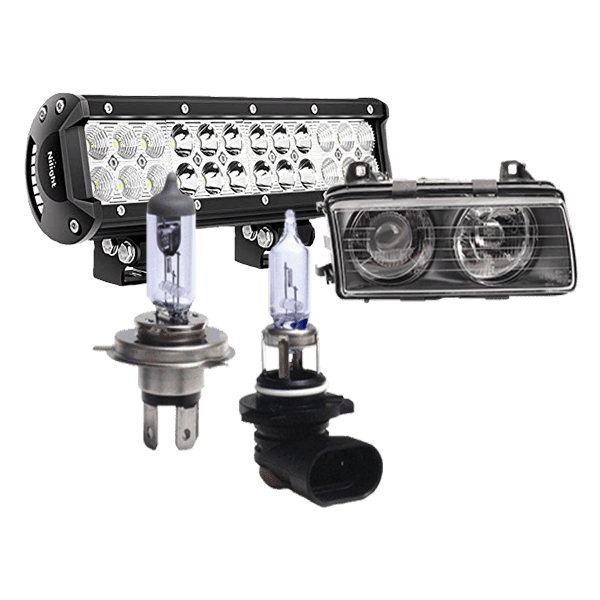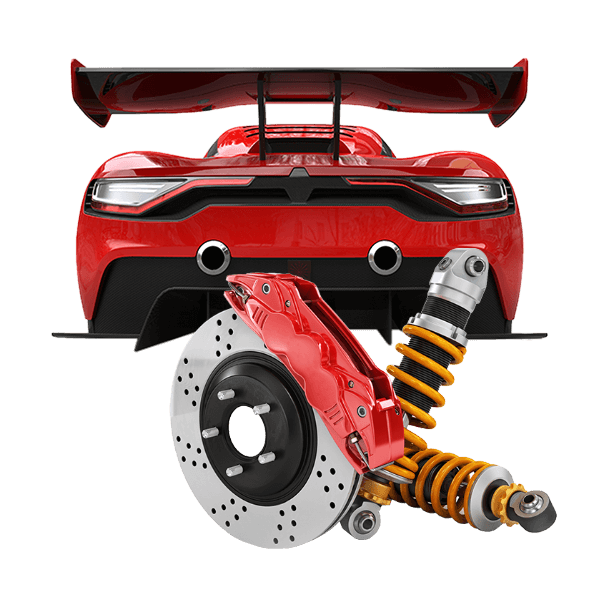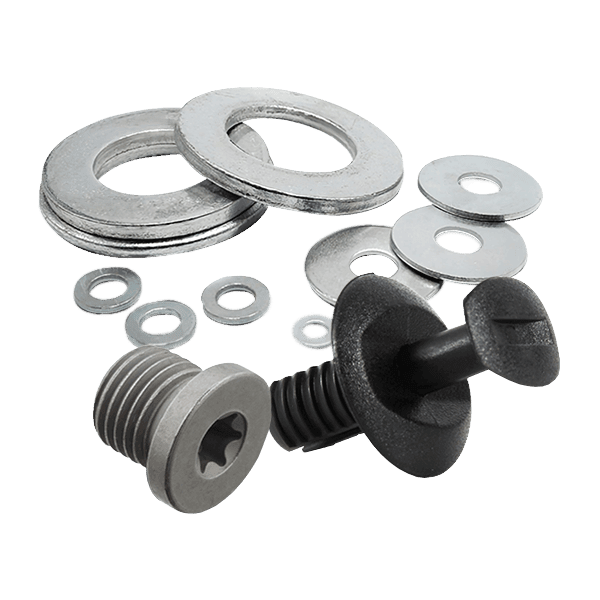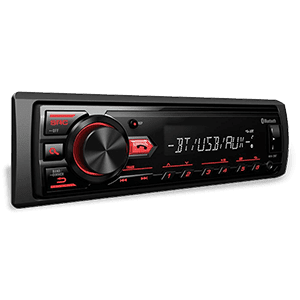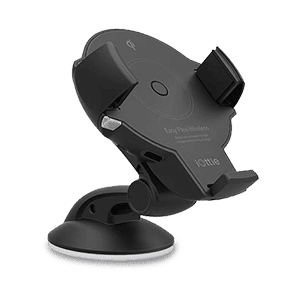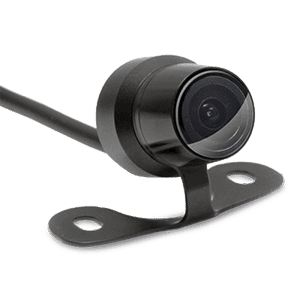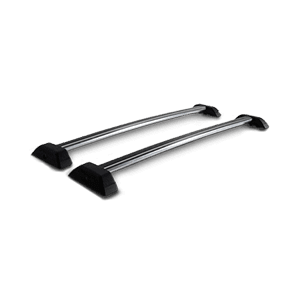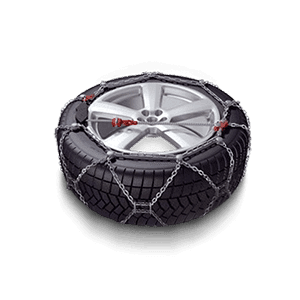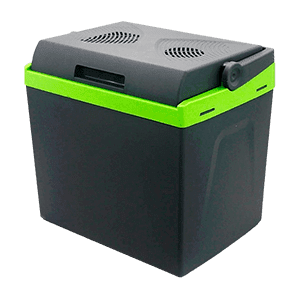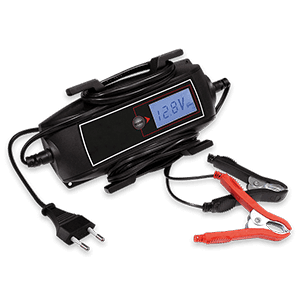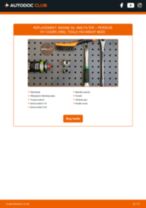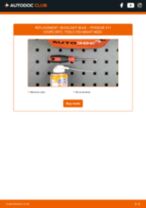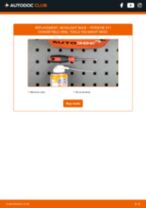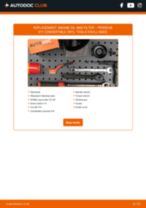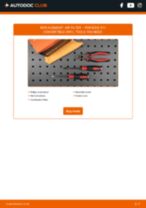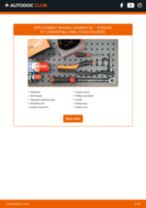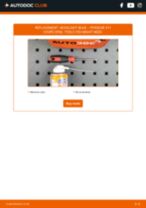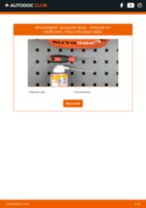Top Car parts 24 PORSCHE 911 models
Top car part categories for PORSCHE 911
PORSCHE 911 parts catalogue online
PORSCHE 911 accessories catalogue
AUTODOC bestsellers from the PORSCHE 911 parts catalogue at the best prices
Great deals on car parts from premium brand manufacturers for 24 PORSCHE 911 models are available now. In our catalogue of spare parts PORSCHE you will find a great assortment of first-class and inexpensive parts PORSCHE 911 from leading manufacturers.
We have all you need for your PORSCHE 911. We care about your time and money, provide top quality support service and guarantee a long working life of spare parts.Three minutes will be enough to make an order, and you will get it in a few days. Auto parts for all PORSCHE 911 models are at your fingertips.
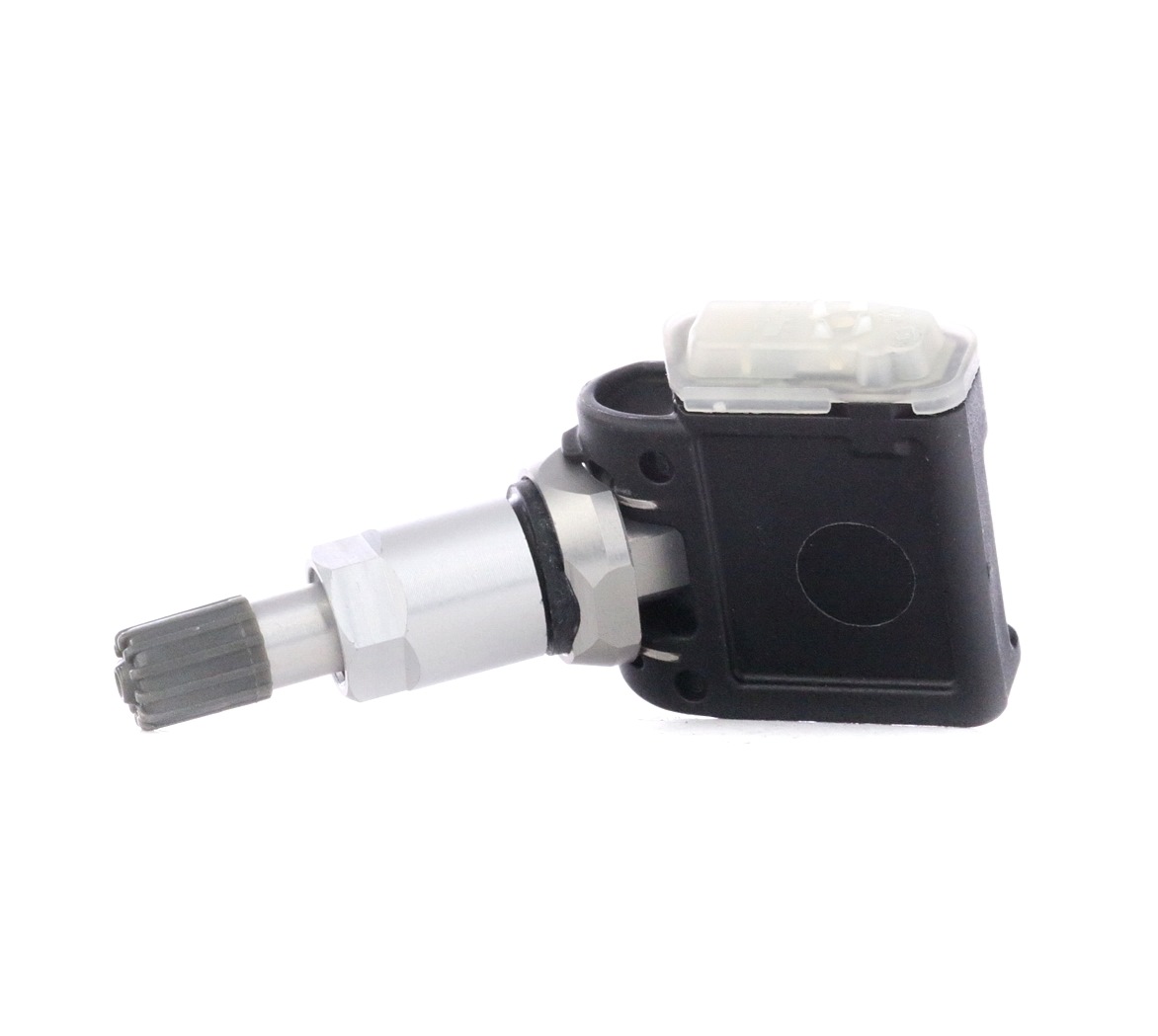 RIDEX 2232W0084 Tyre pressure sensor (TPMS)
with groove, with valves
RIDEX 2232W0084 Tyre pressure sensor (TPMS)
with groove, with valves
 MOBIL 0W-40 Engine oil
0W-40, 4l
MOBIL 0W-40 Engine oil
0W-40, 4l
 MOBIL 201510301042 Engine oil
10W-40, 4l, Part Synthetic Oil
MOBIL 201510301042 Engine oil
10W-40, 4l, Part Synthetic Oil
 BOSCH DKG-1 Throttle position sensor
BOSCH DKG-1 Throttle position sensor
 VALEO 890000 Parking sensor
Front, Rear, Ultrasonic Sensor
VALEO 890000 Parking sensor
Front, Rear, Ultrasonic Sensor
 BREMBO 09.C877.11 Brake disc
330x34mm, 5, perforated/vented
BREMBO 09.C877.11 Brake disc
330x34mm, 5, perforated/vented
 MANNOL ATF Automatic transmission fluid
ATF II, 4l, red
MANNOL ATF Automatic transmission fluid
ATF II, 4l, red
 BOSCH QF 0466 Tyre pressure sensor (TPMS)
BOSCH QF 0466 Tyre pressure sensor (TPMS)
 BREMBO 09.6665.11 Brake disc
299x24mm, 5, perforated/vented
BREMBO 09.6665.11 Brake disc
299x24mm, 5, perforated/vented
 MOBIL SJ Engine oil
5W-40, 5l
MOBIL SJ Engine oil
5W-40, 5l
 BOSCH 00055 Ignition coil
14V
BOSCH 00055 Ignition coil
14V
 MANNOL AISIN WARNER JWS 3309 Automatic transmission fluid
ATF III, 10l
MANNOL AISIN WARNER JWS 3309 Automatic transmission fluid
ATF III, 10l
 MOBIL 0W-40 Engine oil
0W-40, 1l
MOBIL 0W-40 Engine oil
0W-40, 1l
 BERU 0 040 100 178 Ignition coil
12V, Spark Spring, Number of connectors: 1
BERU 0 040 100 178 Ignition coil
12V, Spark Spring, Number of connectors: 1
 CASTROL FORD MERCON LV Automatic transmission fluid
1l, red
CASTROL FORD MERCON LV Automatic transmission fluid
1l, red
PORSCHE 911 car parts: where to buy them
Porsche 911 parts in original quality are available in the AUTODOC spare parts catalogue at prices ranging from £12.49 to £93.49.
Which PORSCHE 911 spare parts are available in the AUTODOC catalogue?
Porsche 911 OEM parts include car parts from manufacturers such as:
PORSCHE 911 tips and tricks
PORSCHE 911 parts: find out more! Which ones to choose, when to change them, and how much they cost
Porsche 911
Production of the sports car Porsche 911 began in 1963 and continues till nowadays. According to the Forbes magazine, the model entered 10 TOP of the cars that changed the world. Assembling of this car is carried out at the plant in Stuttgart, Germany. In total, more than 274 thousand of these cars were produced.
Porsche 911 Urmodell
The presentation of Porsche 911 concept without power unit took place in 1963 at the Frankfurt motor show. The platform and the body of the car were developed by Erwin Komenda.
The author of design was Ferdinand Alexander Porsche. Big round headlights, the slanted rear part of the body and rear engine location began to be associated strongly not only with the Porsche 911 models, but with the Porsche brand.
At the beginning of 1964 the working prototype was built. Porsche 911 cars went on sale in autumn. The car was released in coupe, cabriolet and targa bodies.
Porsche 911 930–996
In 1974 at the motor show in Paris the company presented the second generation of Porsche 911 G-Modell. The car went on sale at the beginning of the next year. Also Porsche 911 Turbo 930 was presented. The car was equipped with the turbocharged power unit. The successful design allowed Porsche 911 Turbo 930 to compete against Ferrari and Lamborghini supercars.
In 1989 the company released a new generation of the model. The car had corporate style, but from the technical point of view underwent considerable changes. The Porsche 911 964 model had a four-wheel drive, and in a basic package was also equipped with anti-lock braking system (ABS) and the power steering.
In autumn of 1994 in Paris the debut of Porsche 911 993 took place. The new generation differed in the changed body style improved by rear suspension, and also in the increased capacities of available power units. Cars with a traditional rear-wheel and four-wheel drive went on sale. In 1995 the company organized the release of Porsche 911 Turbo 993.
At the Frankfurt motor show in 1997 the presentation of the fifth generation of Porsche 911 took place. The car had the efficient engine with water cooling instead of air cooling, traditional for this model. The power unit of the car was designed taking into account requirements of ecological safety. The passenger compartment of Porsche 911 996 became more spacious than those of the previous generations.
Porsche 911 997
In 2004 the sixth generation of Porsche 911 went on sale. The car had tremendous aerodynamic characteristics (C ₓ=0,28) though the original design of the body was not changed. The car had xenon optics, electronic system of chassis alignment, and also more powerful engine. Porsche 911 997 were produced with a rear and four-wheel drive.
Porsche 911 997 restyling
In 2008 the car had the renewed optics, LED daytime running fires, a front bumper of a new design, and also new multimedia system.
Porsche 911 991
In September, 2011, at the Frankfurt motor show the presentation of the seventh generation of Porsche 911 took place. Next year the car was awarded by the "World Performance Car 2012" rank.
Back wheels of Porsche 911 991 are equipped with the passive rear steer improving maneuverability at low speeds and stability at high speeds. Also the car is equipped with system of active control of aerodynamics.
In a basic package, Porsche 911 991 is equipped with a full electronic package, the stop-start system, the electric power steering and an immobilizer.
PORSCHE 911 parts replacement tutorial PDF free download on AUTODOC CLUB
Сustomer survey regarding PORSCHE 911
Average customer rating
from 230 reviews
Confidence in online shopping! You can return a PORSCHE 911 spare part without explanation within 200 days after purchase and get your money back. How? Just use the Safe Order service at the checkout page. The service cost is only £3.95.
Each order from £110 value of goods, include free shipping within Great Britain.
*Does not apply to large-size auto parts.
*Except/excluding areas with the following postcodes: GY#####, JE#####, IM#####

